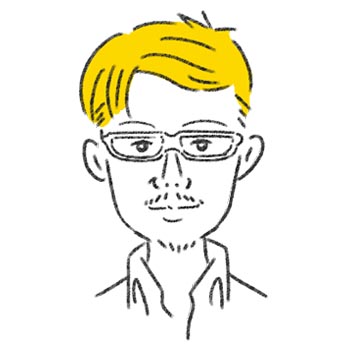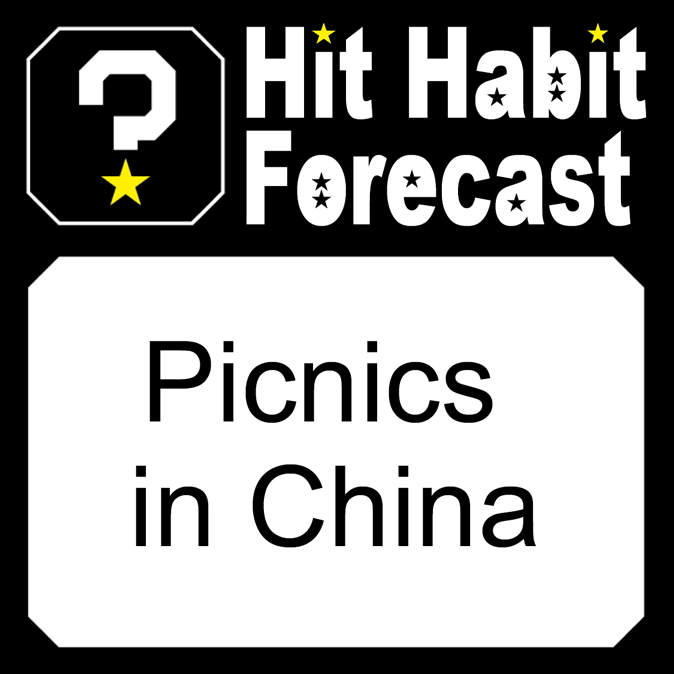- Viewpoints
Hit Habit Forecast is a regular column of the Hit Habit Makers, a group of young planners at Hakuhodo HQ that gamely stood up to say they were going to create hit habits—not hit products—as consumption shifts from purchasing things to purchasing experiences.
Analyzing social media accounts and purchasing data of highly sophisticated users and conducting analysis on popular articles, etc. in a variety of media that have their fingers on the pulse of social trends: this is the bold, new challenge of forecasting hit habits that are about to break.

I am Yu Nakagawa of the Hit Habit Makers.
I’ve not been into the office for nearly two months. I sit on the sofa in my living room and work from the laptop on the coffee table in front of me. Remote work seems to agree with me, and I am more efficient than ever. But, bending over and working in the same position all the time tires me out. By the time Friday rolls around—no, make that Thursday—I feel exhausted. One day, I noticed another reason for my fatigue: The view in front of me is unchanging, day after day after day.
Our topic this time is “Drive-in Life.”
A drive-in is a commercial facility people can drive in and out of without leaving their cars. They spread in the United States as motorization advanced. One derivative, the drive-in theater, where people watch movies outdoors while sitting in their cars, caused a major boom back in the day. Drive-in theaters are now rapidly attracting attention again due to COVID-19. With the keyword “social distancing” becoming entrenched in society, acting at a distance is becoming the norm. Still, there are many people who want to watch movies live on the big screen, so the drive-in theater is enjoying a revival.
Searches for “drive-in theater”
 Source: Google Trends
Source: Google Trends
Looking over articles and social media posts, the concept of the “drive-in” has expanded beyond just movies, into a variety of other areas. With people needing to re-calibrate their sense of personal distance, the value of the car is changing. As the number of people practicing new lifestyles that take advantage of the space provided by their vehicles increases, we dubbed the way the car is becoming ingrained in people’s lives in ways other than for transport, “Drive-in Life.”
Firstly, we have “drive-in gigs.”
These are an extension of the drive-in theater. It’s about enjoying gigs and music festivals from inside the car. There is a certain feeling we get from live music. Drive-in gigs came out of the exploration of new ways of holding gigs to avoid the Three Cs (closed spaces, crowded places and close-contact settings). They look set to provide completely new kinds of excitement, such as the call and response of car horns we see outside Japan.
Next, we have “drive-in work.”
Starting a meeting online a few days ago, there was a participant joining us from inside his car. When I asked, he said, “I always work in my car because I don’t have my own room at home.” Another colleague said that he drove to the foot of Mt. Fuji and worked under the blue sky in the great outdoors with no-one else around. Just imagining it feels good, doesn’t it? Looking at Twitter, there has been a flurry of people starting to commute by car. This could be the advent of a new relationship between work and cars.
Then there are “drive-in restaurants.”
Actually, this is also a form of culture that was practiced mainly in California during the drive-in boom of the 1950s. Ordered food is brought directly from the restaurant kitchen to a parked car. Apparently it is booming again in the United States.

And we’re not done yet. Next is the “drive-in park.”
Parks have started working toward realizing drive-in parks by utilizing their parking lots. This initiative explores a new form of entertainment: going out in the car, eating food bought at markets that bring together local food trucks/stalls, and watching movies with the sound flowing from the car stereo.
And finally, “drive-in van life.”
Spreading quietly from abroad, this involves sleeping in a vehicle. Spurred by COVID-19, this lifestyle, where people pack their essentials into a van and go from place to place, sleeping in their van as they go, is taking on in Japan. Searches for “van life” are spiking, too, although this may be short-term. As a result of this rapid change in society, lodging facilities that open space for people staying in their vehicles have emerged and, conversely, there have been cases of trouble when vehicles have stayed overnight on private property. This is probably society trying to find a point of equilibrium in the face of new developments.
Searches for “van life”
 Source: Google Trends
Source: Google Trends
As the impact of the coronavirus continues, we found many signs that people are reevaluating the private space provided by vehicles as they explore new ways of working, having fun and living while maintaining social distancing.
This “Drive-in Life” is certainly a business opportunity for the future. But what possibilities does it offer?
Examples of “Drive-in Life” business opportunities
■ Developing new car products that allow people to comfortably eat in their cars at drive-in restaurants and festivals
■ Making parks and scenic spots Wi-Fi spots for those doing drive-in work
■ Companies with plenty of space at their premises developing fee-paying car parking and toilet services for people staying overnight in their vehicles
And so on.
Creativity reduces, apparently, if we only use our senses of sight and hearing when teleworking. Making full use of all the senses by working in various places, being stimulated by different scenery, and taking breaks, brings on lots of ideas and is sure to raise the spirits. In that sense, perhaps more people will use their cars in a variety of areas of their lives in future.

Leader, Hit Habit Makers
Hakuhodo Inc.













